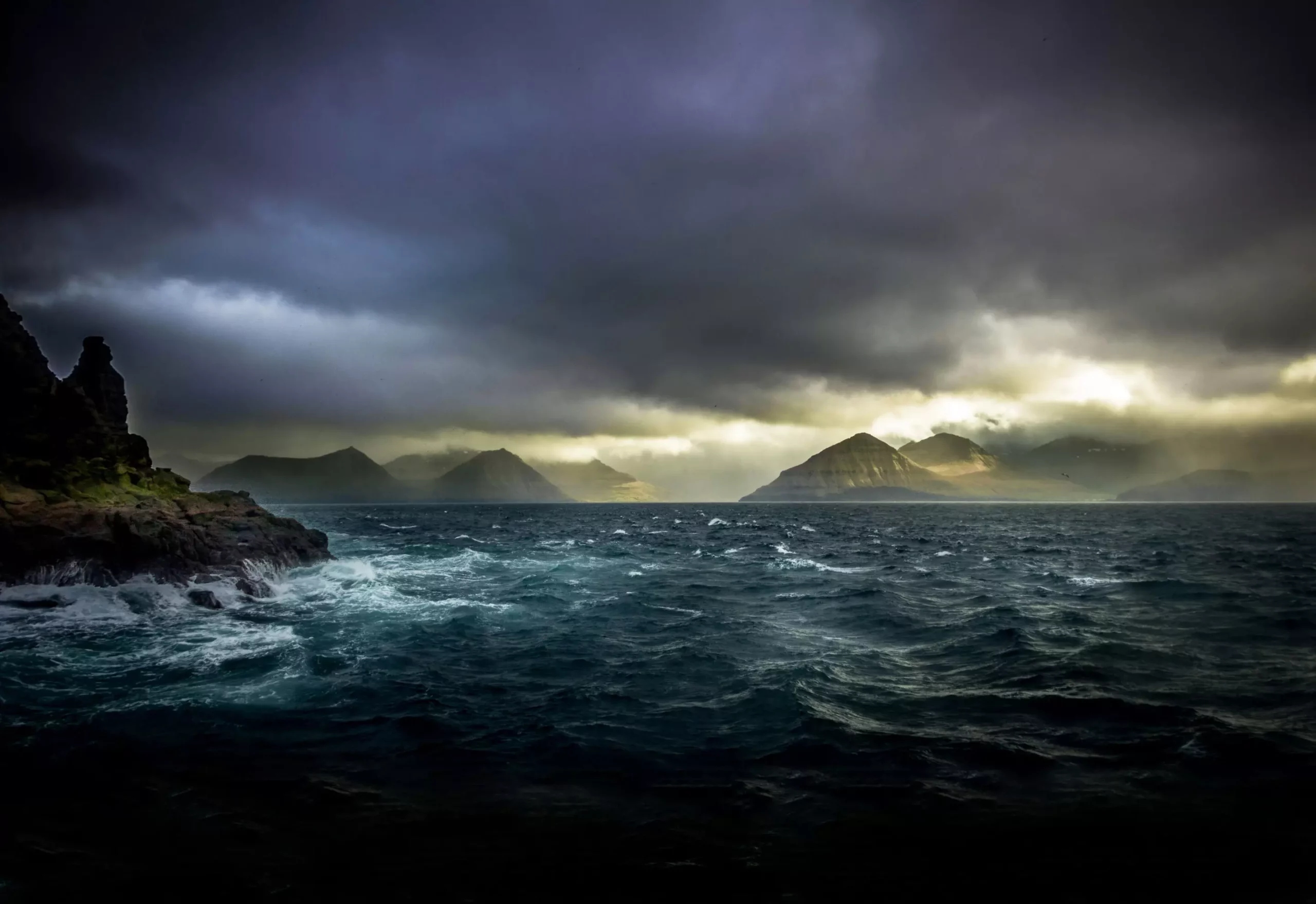The history of Earth recounts tales of evolution and extinction, but few chapters are as damaging yet enlightening as the oceanic anoxic events that occurred between 185 and 85 million years ago. Recent research from a collective of international scientists, led by experts from the University of Southampton, shines new light on this tumultuous period. These events are characterized by severely depleted oxygen levels in ocean waters, which led to catastrophic consequences for marine biodiversity and set the stage for profound evolutionary shifts.
Central to understanding these occurrences is the realization that they represented a systemic failure of marine ecosystems, akin to hitting a metaphorical “reset button.” Lead author Tom Gernon and his team reveal that this phenomenon was not just a random occurrence, but rather a complex interplay of geological forces responding to significant underlying changes, particularly those influenced by tectonic movements.
The study meticulously analyzes how the breakup of the supercontinent Gondwana initiated a series of geological and environmental upheavals. This breakup, as the researchers argue, unleashed intense volcanic activity across the globe, changing not only the landscape but also the oceans’ chemical composition. With each shift of tectonic plates came the release of vital nutrients, especially phosphorus—a nutrient deemed essential for life. However, the consequences of this nutrient influx were paradoxical, resulting in a cycle that encouraged marine life in the short run but ultimately led to greater ecological devastation.
Through advanced statistical analyses and sophisticated computer models, the researchers pinpointed how both continental and seafloor weathering processes alternated to create fluctuations in ocean chemistry. This “geological tag-team” created conditions that allowed nutrient-rich elements to surge into marine environments, spurring a rapid increase in primary production. However, this nourishing effect had dire repercussions for ocean ecosystems as a whole.
The rapid proliferation of marine organisms, fueled by nutrient influx, didn’t just enhance life’s vibrancy; it paved the way for widespread ecological collapse as organic matter sank to oceanic depths. Benjamin Mills, another key researcher, warns that the decomposition of this organic matter consumed vast amounts of oxygen, generating expansive “dead zones” across the oceans where life could not sustain itself. These anoxic events, lasting one to two million years at a time, contributed to mass extinctions, reshaping the trajectory of marine biodiversity.
The sedimentary records from this era reveal ominous remnants of these organic-rich layers, which are now understood to be a primary source for contemporary oil and gas reserves. This stark reality underlines a critical paradox; while the remnants of ancient life now fuel modern energy markets, they also remind us of the horrific toll that past environmental crises took on ocean life.
The catastrophic legacy of these ancient oceanic anoxic events is not merely a historical curiosity; it offers crucial insights into current marine environmental challenges. The research team evidently draws parallels between the nutrient overloading seen millennia ago and today’s human-induced changes. Current anthropogenic activities have been linked to a troubling decline in average oceanic oxygen levels—approximately two percent—creating similar patterns of oxygen depletion in contemporary marine ecosystems.
By examining these relationships, the study emphasizes the importance of understanding how past events can inform present and future environmental strategies. As climate change continues to exert pressure on marine environments, the lessons derived from geological history can be invaluable in predicting potential outcomes and devising mitigation strategies.
In synthesizing the findings of this study, it becomes clear that the boundaries between Earth’s geological processes and surface ecology are inherently intertwined. The catastrophic events of the Mesozoic era, accentuating the direct impact that everything from volcanic activity to tectonic shifts can have on marine ecosystems, should resonate deeply with today’s environmental discourse.
Understanding the “silent catastrophe” of past events primes us for the proactive measures needed to rehabilitate and sustain our oceans amid ongoing challenges. As we delve deeper, it becomes apparent that history not only shapes our understanding of the world but also urges us towards greater stewardship of these vital marine ecosystems. While the story of oceanic anoxic events unveils humanity’s perilous path, it simultaneously illuminates a path forward—encouragement that mindful interaction with our environment can yield a more sustainable future.

